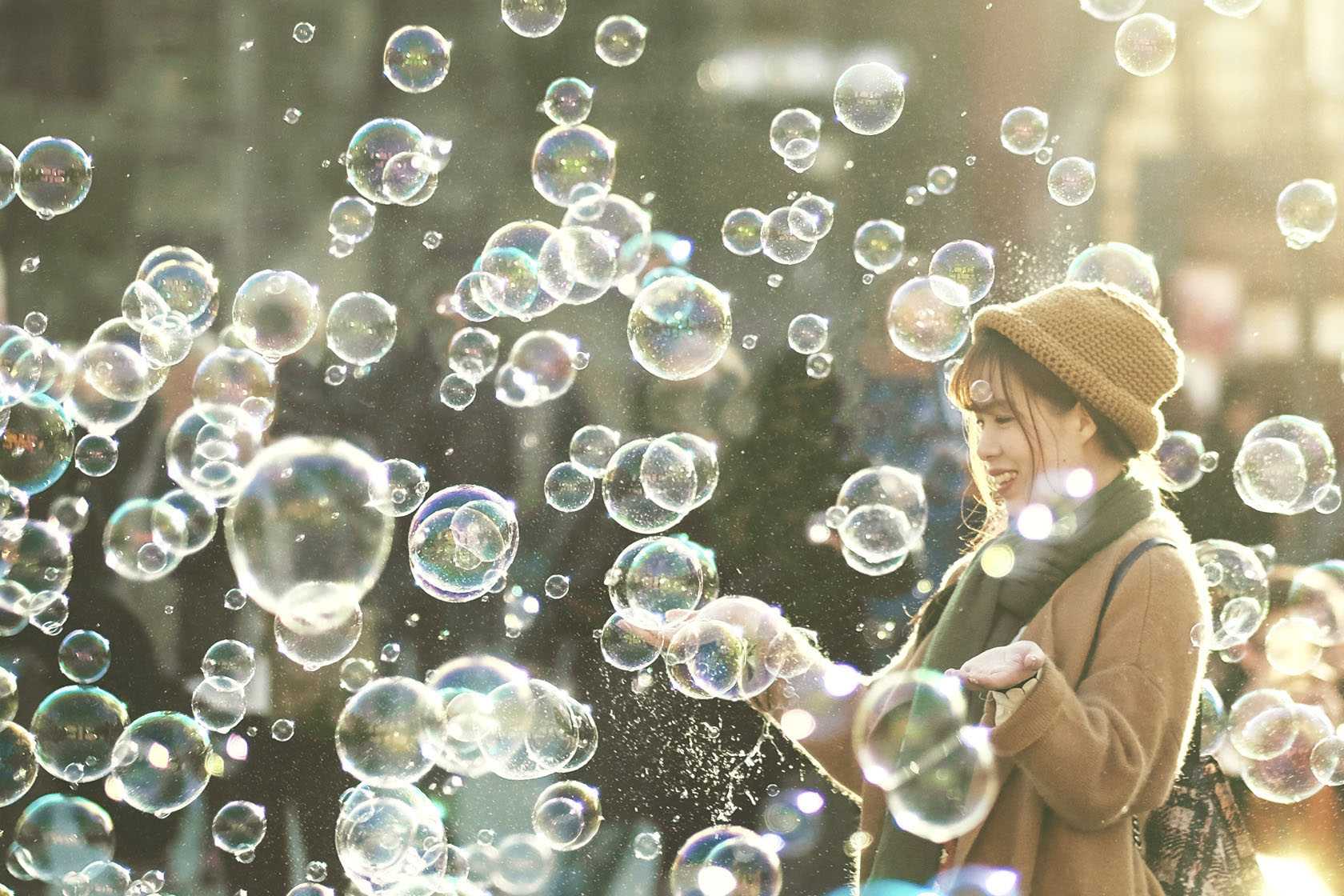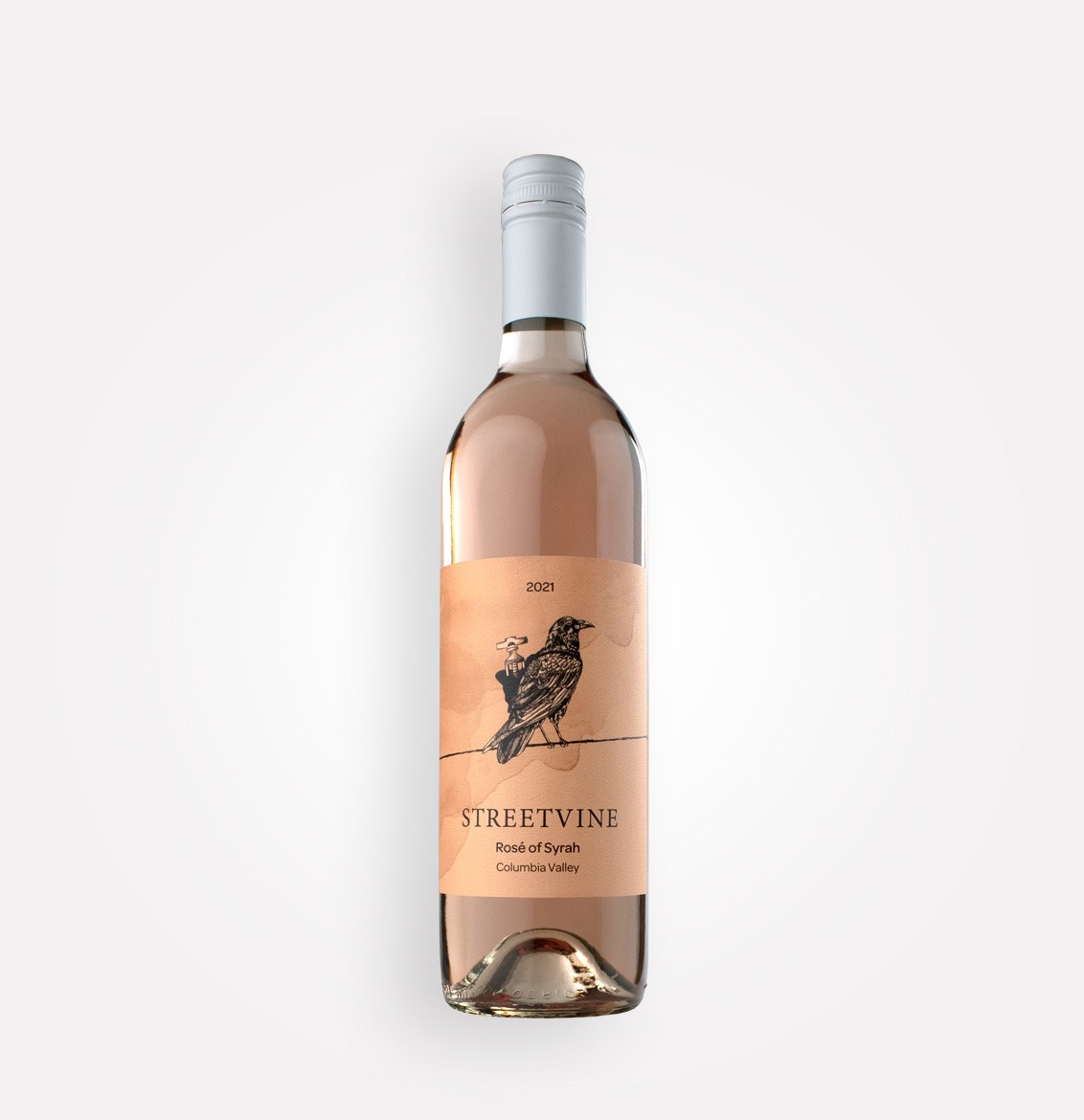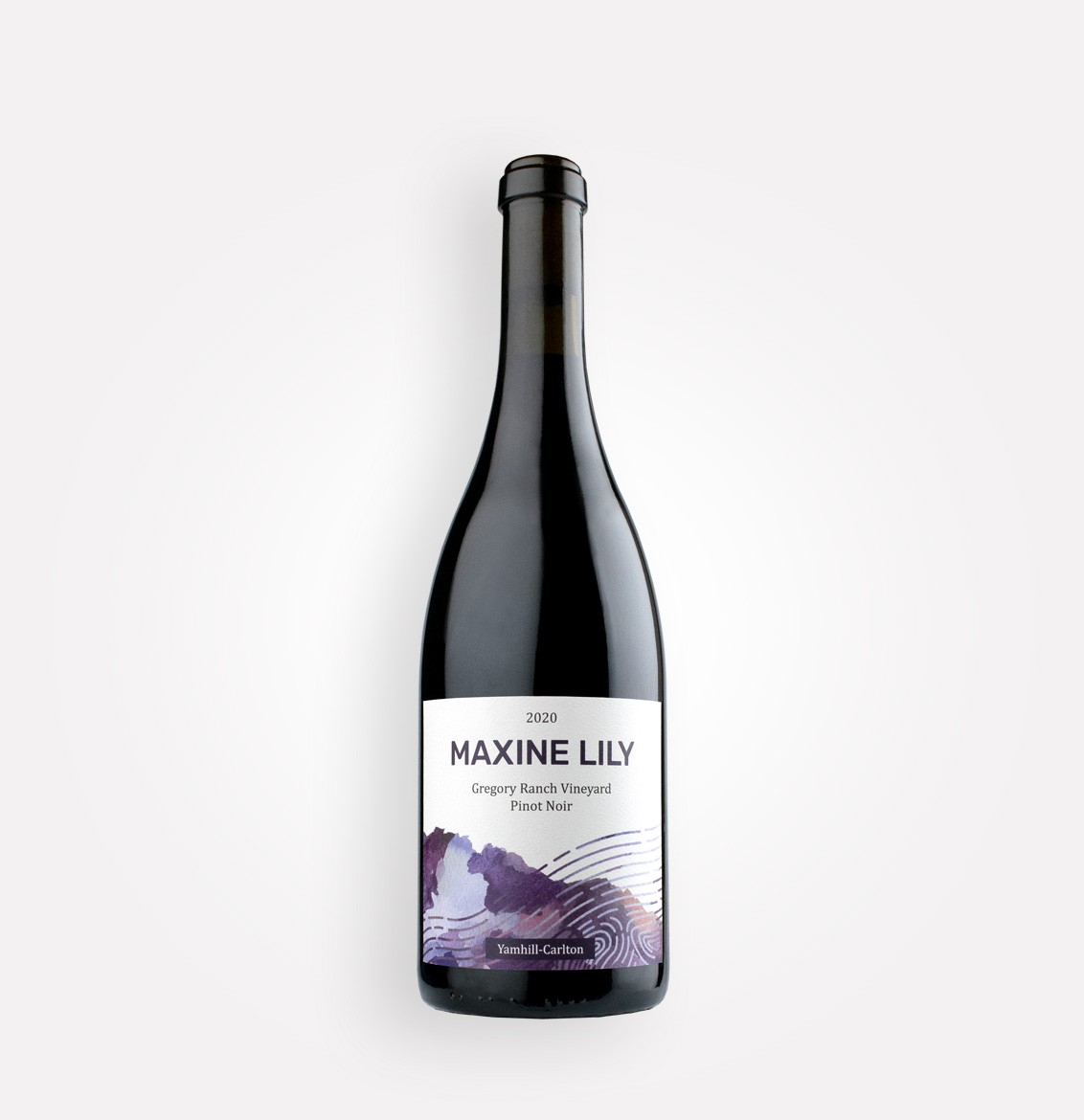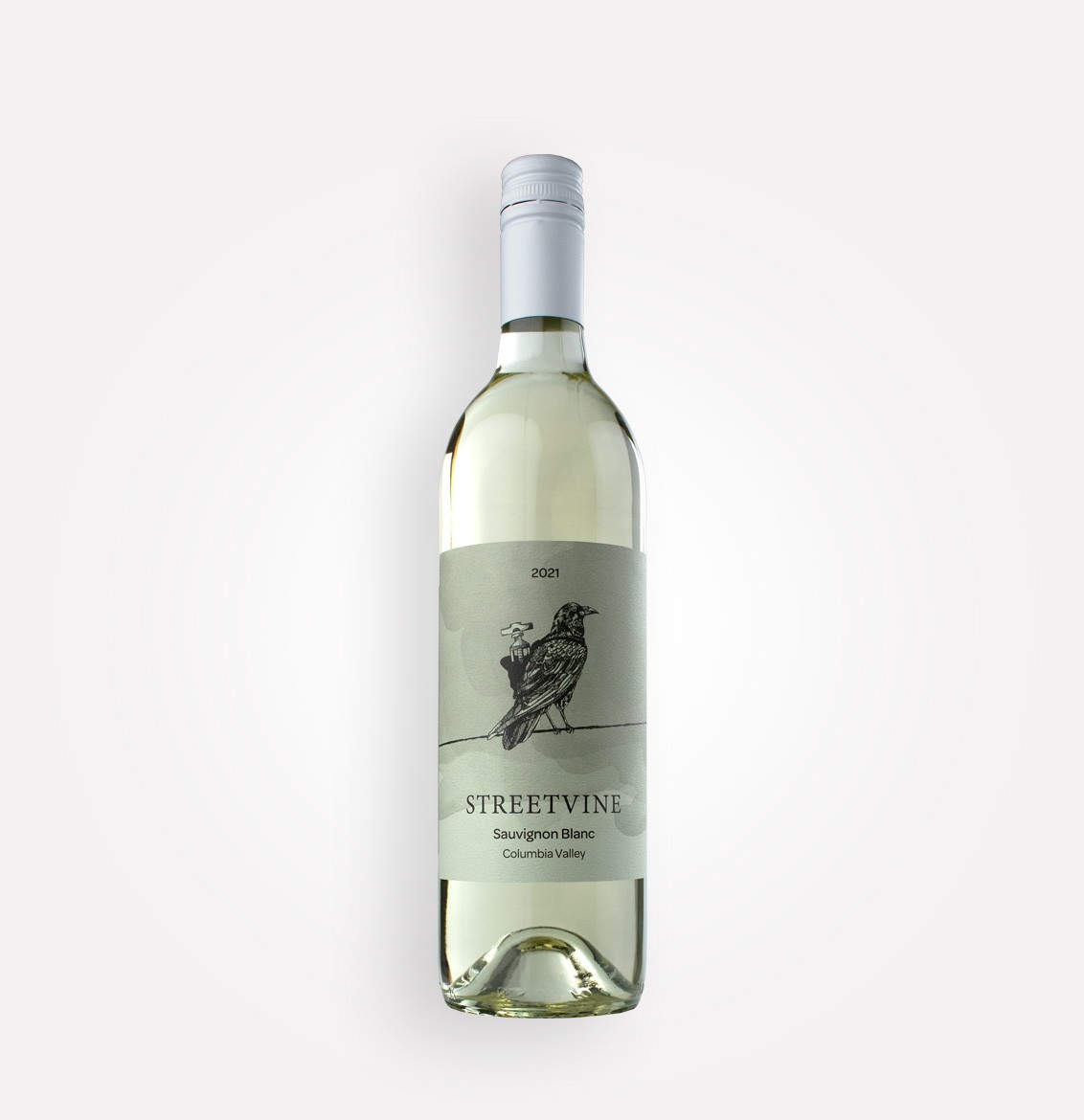The sparkle of sparkling wines is a joyful journey – lets go!
As we wend our way out of the holiday season, there’s a destination you can float to on a raft of bubbles — Valentine’s Day. If you have any unfinished business of the heart or need some pep in your step, break out the bubbles!
In any case, there’s undoubtedly enough winter darkness remaining, and enjoying sparkling wine doesn’t need a reason, and it IS the reason.
When the question, “when is a good time for bubbles?” arises, think, “Am I alive?”.
If yes, bubbles. If not, make sure your bubbles are in your will.
While many automatically think of Champagne when they hear bubbles, there are sparkling wine options from the US that use the same “methode champenoise” and many of the same grape varietals to craft lovely and luscious wines. Methode Champenoise wines are characterized by the generation of their bubbles during a secondary fermentation inside the bottle.
Chardonnay, Pinot Noir, and Pinot Meunier are the primary grapes grown for Champagne in France which also thrive in cool weather locations in California, Washington, and Oregon. In Oregon, the Willamette Valley is home to several sparkling wine producers crafting elegant and age-worthy wines with bright acidity, warm toasty aromas, and a bouquet of flavors ranging from apple and pear to citrus red berries.
Pét Nat wine
For those looking for a trendy and trending sparkler made using a method that pre-dates “methode champenoise” (pause for thunderclap), check out Pétillant Naturel, a.k.a. “Pét Nat” wine. Pet-nat wines embrace the ideals of minimal intervention winemaking with no additional processing after capping, i.e., no disgorging, fining, filtering, or sugar adjustments.
These easy–drinking wines, often identifiable by a crown cap instead of a caged cork, embrace their free spirit with fun, eye-catching labels. Using “méthode ancestrale,” — bubbles from a single fermentation are capped in a bottle before completion.
The result is a lower alcohol, spritzy wine with wild, fruity, fresh aromas and flavors. Without disgorging (removing the crown cap and allowing the pressure in the bottle to eject a plug of yeasty sediment), they can arrive at your table in a cloudy, funky celebration of liberated fermentation. Winemakers are free from rules that dictate which grapes to use, so pull up a glass and enjoy liquid creativity!
While winemakers in France’s Loire Valley got the pét nat ball rolling, these exciting expressions come from all over the world. Sometimes described as sunshine in a glass, there are even winemakers from California’s Napa Valley, home to some of America’s most note-worthy and powerful wines, dabbling in the pet-nat world.
Because as Dan and Jacqueline Person of Carboniste say, what is better than a wine that can “express California’s sunshine, warm days, and cool nights with bright, fruity, and fresh qualities”?
Let the sparkling revolution begin!





